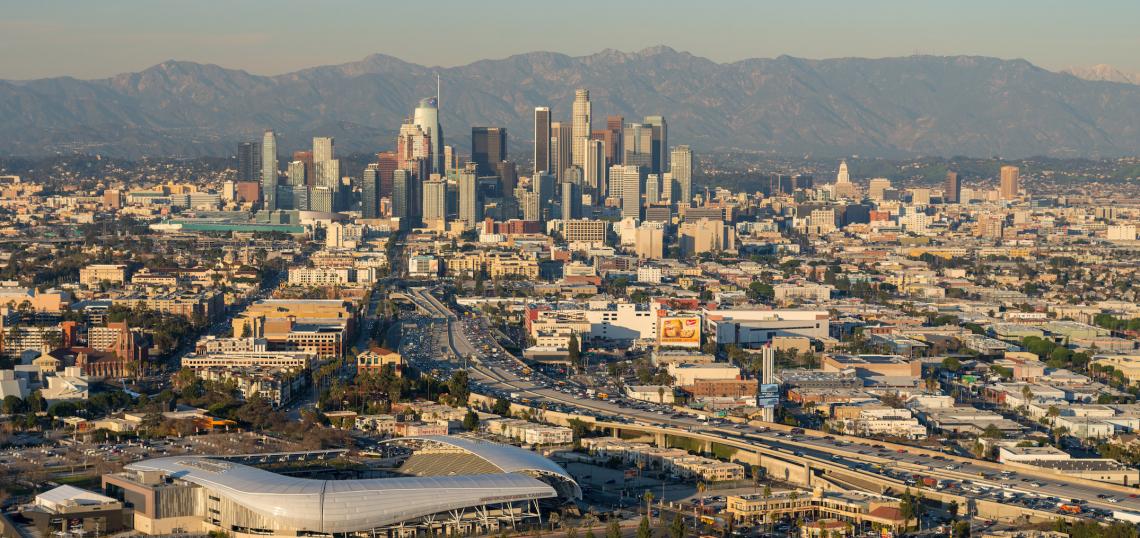Despite serving as the backbone of L.A. County's public transportation network, the regional bus system has long suffered from slow travel times, as transit vehicles become bogged down in traffic congestion. A new motion introduced this week in the L.A. City Council aims to take steps to tackle the problem over the coming five years.
“When we talk about improving our transportation system, we need to focus on the hardworking people who rely on our buses to be efficient and on-time every day,” said City Council President Nury Martinez, who introduced the motion. “For hundreds of thousands of Angelenos, this is their livelihood – it’s their primary method of transportation. If we can ensure access to fast and reliable transportation, and limit the time spent waiting for a bus, we can take yet another burden off the backs of working-class families.”
Metro's bus system, according to data cited by Martinez, serves a very low-income population, with more than two thirds of riders earning under $19,000 per year.
The motion, which has been referred to the City Council's Transportation Committee for consideration, requests a report from the Department of Transportation and Metro on a plan to build at least 100 miles of bus-only lanes over the coming five years, with a focus on high-ridership corridors and transit-dependent communities.
Additionally, Martinez's motion requests a report back from city staff regarding measures to improve upon L.A.'s spartan bus stops, including bus bulbs, full lane markings, new mobility hubs, signal improvements, and first-last mile improvements. The motion points to low-cost improvements implemented by Mexico City and Bogota for inspiration, as well as Portland's "Rose Lane" program which provides a "toolbox" of infrastructure projects which can speed up bus service.
That report on upgrades to transit stops come on the heels of a recent vote by the City Council to adopt a new street furniture contract which aims to build 3,000 new bus shelters.
While a regional network of bus-only lanes (just like a regional network of bike lanes) has yet to be realized, L.A. has made a start on several key corridors. Multiple couplets of bus priorty lanes have been added to corridors in Downtown Los Angeles, and more are planned for streets such as La Brea and Florence Avenues.






